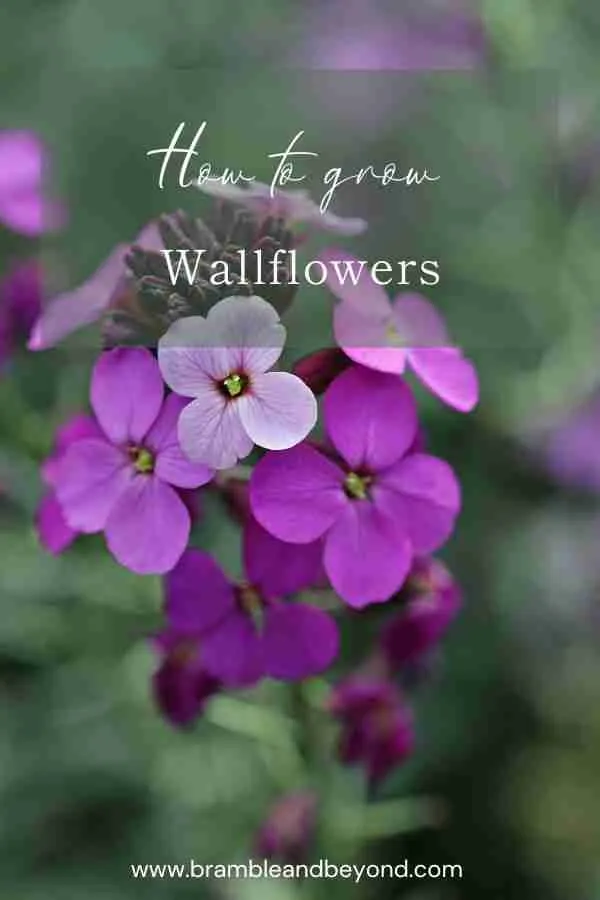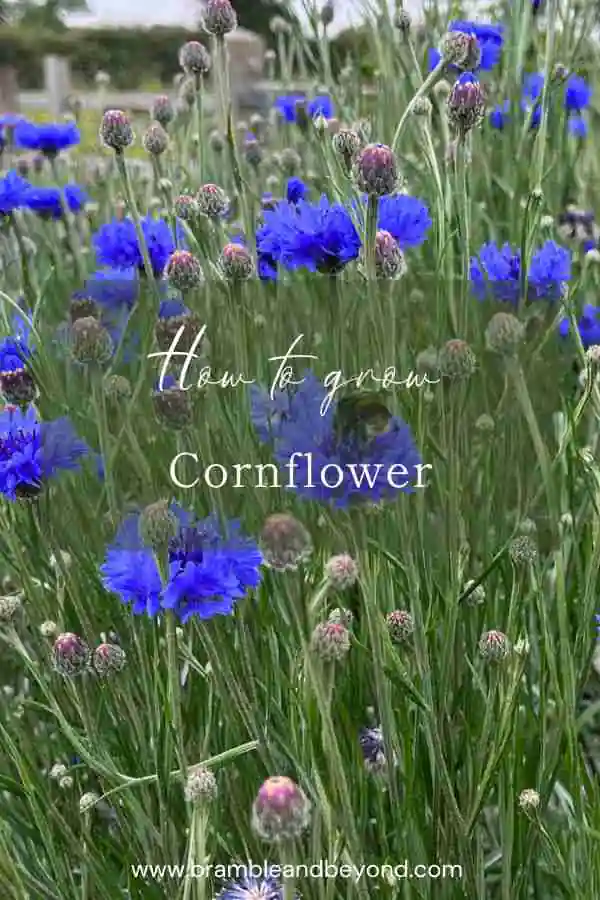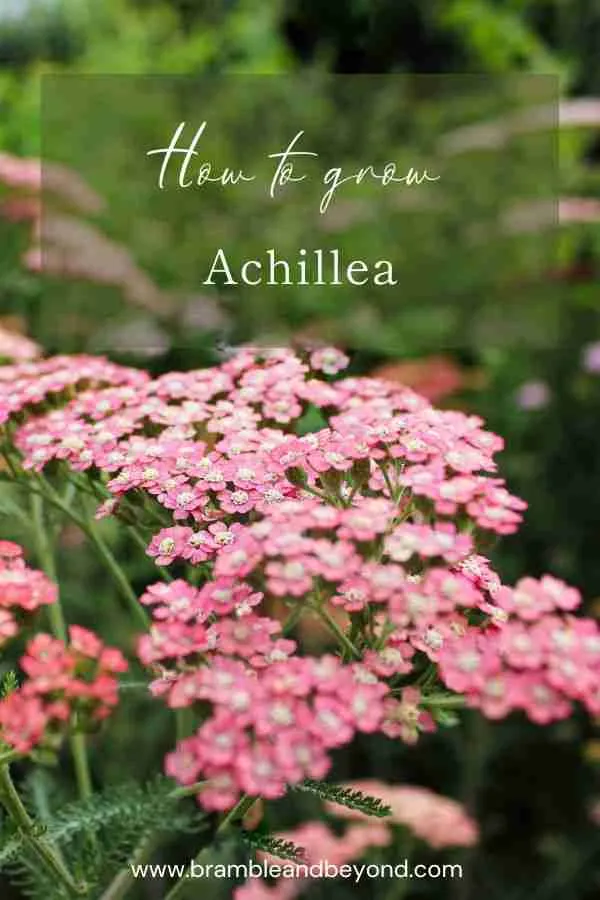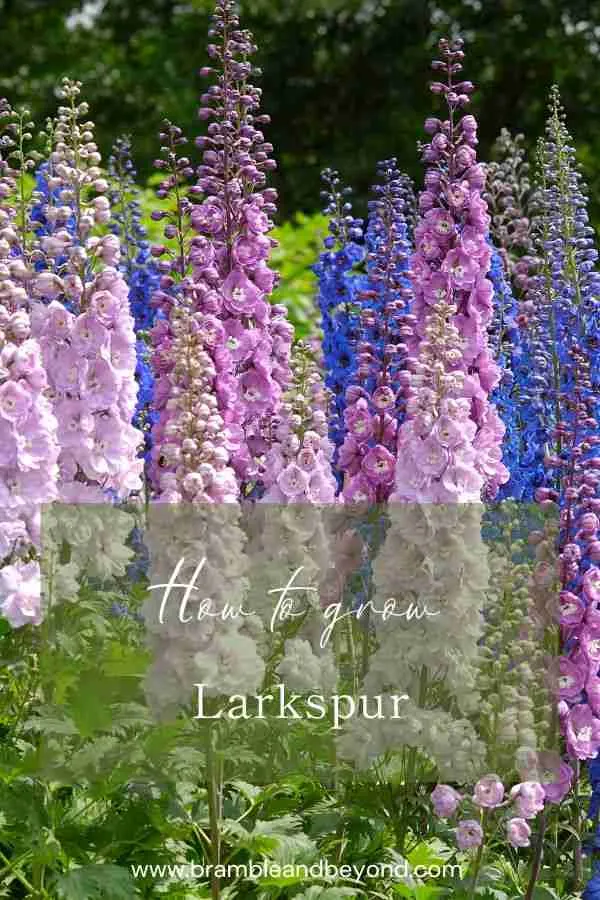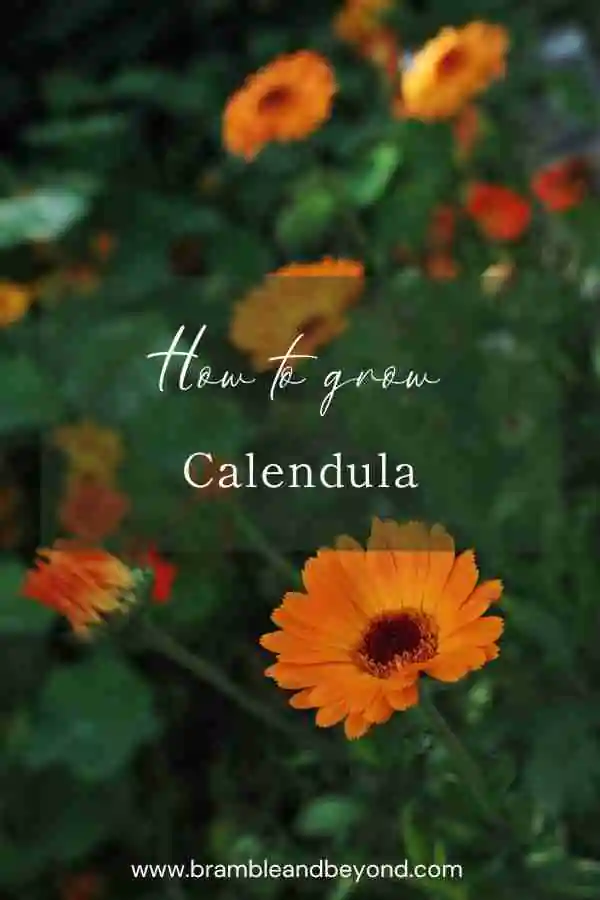Disclosure: This post may contain affiliate links, meaning I get commission if you decide to make a purchase through my links, at no cost to you. Please read my Affiliate Disclosure for more information.
Wallflowers (Erysimum cheiri) are beautiful flowering plants that can add a touch of charm and colour to any garden. Known for their soft pastel shades and delightful fragrance, wallflowers are a favourite among gardeners who appreciate sustainable seasonal flower gardening. In this guide, we will explore how to grow wallflowers including their characteristics, growing conditions, size, and more.
What are Wallflowers
Wallflowers belong to the Erysimum genus, which is a part of the Brassicaceae family. They are commonly known as “Erysimum cheiri” or simply wallflowers. They thrive in well-draining soil and prefer full sun exposure. They require a moderate amount of water and can tolerate drought conditions once established. These hardy biennials are known for their resilience and adaptability to various climates.
Wallflowers typically reach a height of about 30 to 60 cms and have a spread of 30 to 45 cms. Their compact size makes them suitable for borders, rock gardens, and containers.
Wallflowers bloom from April to May, providing a vibrant display of soft pastel shades. The flowers come in colours such as pale yellow, dark red, orange, and purple, creating a colourful mixture that delights the eye. Additionally, wallflowers are excellent cut flowers, perfect for adding a touch of beauty and scent to floral arrangements.
Although wallflowers are technically short-lived perennials, they are often grown as hardy biennials. This means that they are best sown in mid-August to ensure an abundance of flowers the following spring. By following this timeline, you can enjoy the beauty of wallflowers as they bloom alongside other seasonal flowers like Tulips, Ranunculus and Honesty.
With their easy-to-grow nature and delightful characteristics, wallflowers are a must-have addition to any garden. Whether you’re an experienced gardener or just starting your green journey, growing wallflowers will bring joy and beauty to your outdoor space.
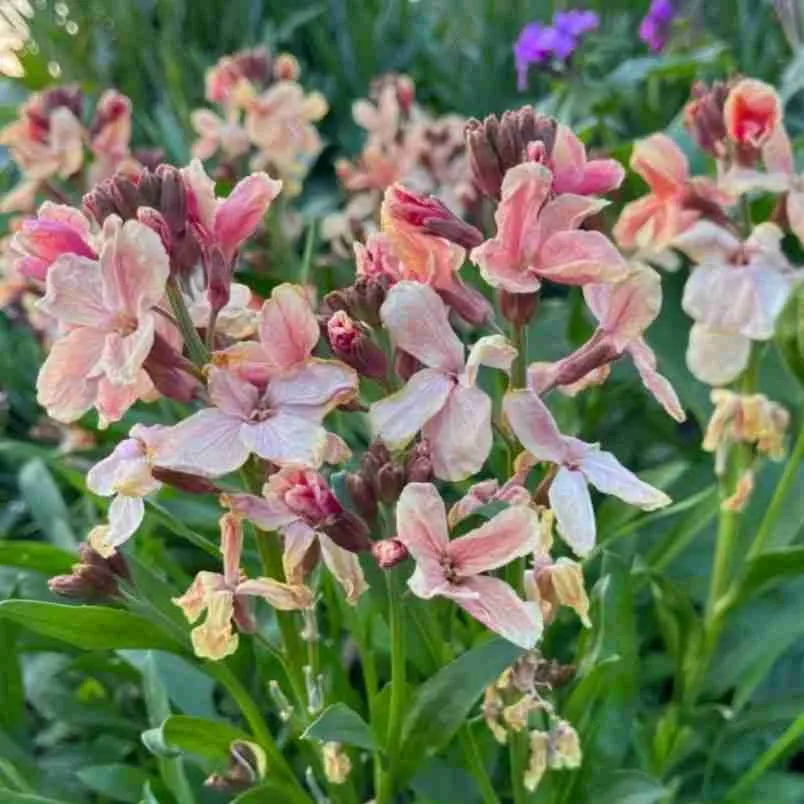
How to grow wallflowers:
- I treat wallflowers as biennials, so I sow them early summer for flowers the following early summer. But can also be sown under glass Dec-Apr.
- Surface sow into moist well-drained seed compost. Cover with a fine layer of soil or vermiculite. Keep moist but not wet.
- Transplant seedlings when large enough to handle to 8cm pots. Acclimatise and plant out once danger of frost has passed.
- Can be sown directly in late summer where they are to flower. Thin to 50cm spacing in October.
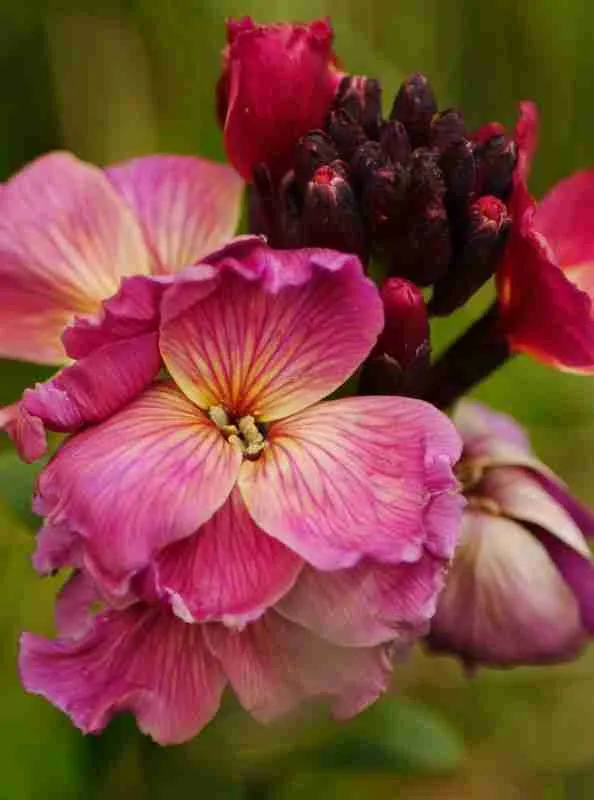
Plant details:
- Plant type: perennial/biennial
- Height: 30cm
- Site: full sun
- Sowing Depth: 12mm
- Germination: 7-10 days
- Temperature: 20°C
- Days to maturity: 90 to 100 days
- Plant spacing: 15cm
- Pinch: not necessary
- Staking: not required
- Drying: no
- Approx seeds per packet: 100
Please note we pack the majority of our seeds by weight so the number of seeds indicated is only an approximation.
Currently, I sell our seeds, and other bits and bobs, through Etsy, so the link below will direct you there.
Harvesting and vase life:
- Harvest when 1 or 2 flowers on a stem are open.
- Expect a vase life of 5 to 7 days.
- Sear stems for 20 seconds before plunging into cold water.
Here are my top tips for growing Wallflowers:
- Wallflowers are actually a tender perennial, so are better treated as a biennial, which means they flower in the second year of growing. What this means in my experience is that you get flowers in that awkward gap in late May- early June, when nothing else seems to be in flowers, so they are extremely useful.
- You can sow your Wallflowers seeds mid June for flowers the following June. If you want an easy date to remember, plan to sow them on the summer solstice (usually 21st June).
- Sow your seeds about 1cm(ish) deep in good quality seed compost. I sow them in module pots in June and then plant them in their final position in early Autumn.
- Wallflowers are not a large plant but give them room to grow, at least 15cm apart.
- These plants are happiest in full sun, so you have flexibility in choosing the perfect spot for them in your garden.
Remember, gardening is not just a hobby, it’s a way to relax, express your creativity, and connect with nature. Happy gardening!

